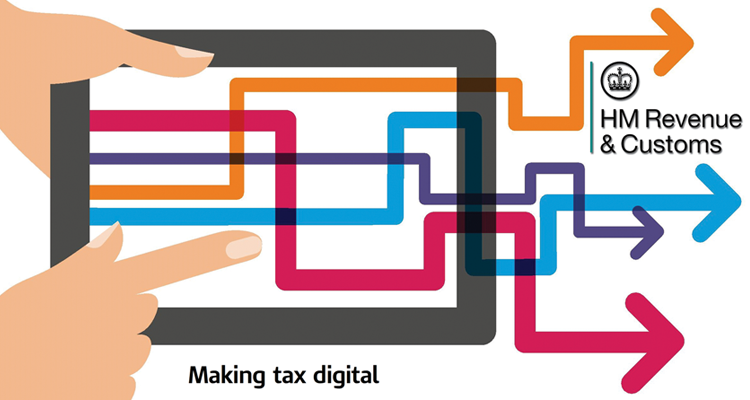Knowledge Base — Making Tax Digital for VAT |
|
Main Issues for ConsiderationBusinesses whose taxable turnover exceeds the registration threshold will need to keep their records digitally, using functional compatible software, and create the return from that (or a combination of) software, for return periods starting on or after 1 April 2019, unless the mandation deferral period of 6 months applies. For the minority of businesses to which deferral applies, the for obligations commence for return periods starting on or after 1 October 2019. The announcements in July 2017 around Making Tax Digital placed firmly at the vanguard of the proposals. Finance (No. 2) Act 2017 includes legislation providing for the introduction of for (section 62 - as well as other clauses for income tax). On 13 September 2017, also published further detail in a legislation overview of the VAT proposals, as well as draft Regulations and Notices for income tax. Regulations were laid in relation to the VAT requirements in February 2018. Notice 700/22: Making Tax Digital for VAT that provides further explanation of the requirements was published in July 2018. HMRC also released a stakeholder communication pack for advisers, software developers and professional / trade bodies to use with clients, customers and members, and the list of MTD for VAT software suppliers that is updated regularly as new software suppliers complete the testing process. HMRC opened the VAT pilot to sole proprietors and limited companies meeting the entry criteria (as well as agents acting for such businesses) in October 2018, and will expand the entry criteria to the pilot for businesses not affected by the deferral period in late 2018/early 2019. A deferral period of six months was also announced for a minority of qualifying taxpayers. Headline ChallengesChanges to record keeping - Businesses in scope will no longer be able to keep manual records. Digital records must be maintained in what is defined as 'functional compatible software' - broadly, software or spreadsheets (or a combination thereof) which can connect to HMRC via an Application Programming Interface (API) - and these must capture more information than is currently required to be recorded. |

Changes to VAT return submission - VAT returns must be submitted to HMRC by means of a business's functional compatible software communicating digitally via HMRC's API platform, and not by manually entering the VAT return figures onto the HMRC portal. The figures from the accounting software should not be manually rekeyed into another package (say) a spreadsheet, which would ordinarily deal with VAT adjustments or combination of data sources, but those figures should be transferred digitally. There will be a "soft landing" in the first year of MTD, allowing more time for these digital links to be put in place. 'Cut and paste' (and 'copy and paste') can still be used during the soft landing period for transferring data between software packages but not but not for VAT periods commencing on or after 1 April 2020. Please note that we currently understand that the soft landing period for digital links will not be extended for those businesses subject to the deferral to mandation; the 1 April 2020 VAT return commencement deadline applies to all businesses. Timing - MTD for VAT is still expected to commence from 1 April 2019 for the majority of affected businesses, which is the same time as the UK leaves the EU. Notwithstanding the proposed EU Exit transitional period to 31 December 2020, uncertainty around the VAT treatment of transactions between the UK and EU will inevitably arise, and businesses will need to both understand the tax-technical changes to the rules, and ensure that their accounting systems deal with such transactions correctly. In any event, April 2019 remains a challenging time frame, particularly as the software trials have only very recently been opened to qualifying taxpayers, and the pilot entry criteria will be broadened in late 2018/early 2019 to other businesses not impacted by the deferral period, meaning that the latter businesses may only have one VAT return period for testing before MTD for VAT goes live. |



